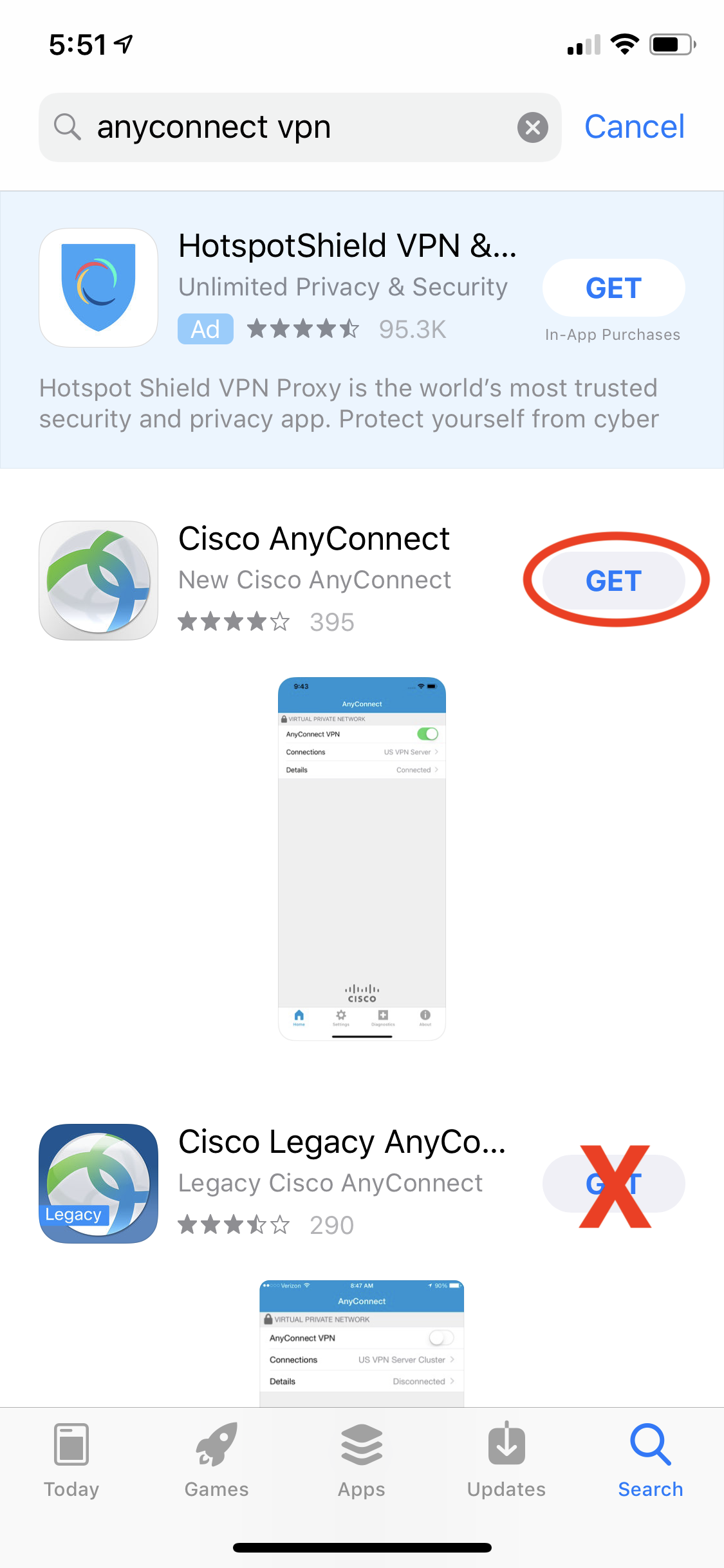

That makes it difficult to rank the Microsoft Store as a whole and measure its success. The Microsoft Store ranks highly for desktops, poorly for mobile, and competes in other areas. But, again, these are segmented comparisons. You can make similar comparisons for Windows Mixed Reality versus the Oculus Store, and gaming in the Microsoft Store versus Steam, Blizzard, and Epic. Affinity Photo, Slack, and Adobe Photoshop Elements are just a few powerful desktop applications on Windows 10 compared to lighter variants and similar apps on mobile platforms.
#WHY IS ANYCONNECT FOR MAC NOT IN THE APP STORE? INSTALL#
While a large portion of users will never install something from the app store, developers have taken note of the audience and brought over their apps. With Windows 10 reaching 700 million devices, there is a massive potential install base. But you can't just measure the Microsoft Store on mobile use because the vast majority of its users are on PCs. The Microsoft Store is also behind Android when it comes to phone apps and to a lesser extent tablet applications. Windows 10 Mobile is dead, and tablet mode and the library of tablet apps on Windows 10 is far behind that of Apple's iPad.

IOS is considered the most successful app store by many, and when it comes to apps for phones and tablets, the Microsoft Store pales in comparison. There is no other app store that has this combination, but the Microsoft Store still struggles to grab many users' and developers' attention. It is a unified vision of both code being shared across form factors by developers and a marketplace for users that includes apps, games, movies, browser extensions, and hardware.

The Microsoft Store is difficult to compare to other app stores because it's unique.


 0 kommentar(er)
0 kommentar(er)
